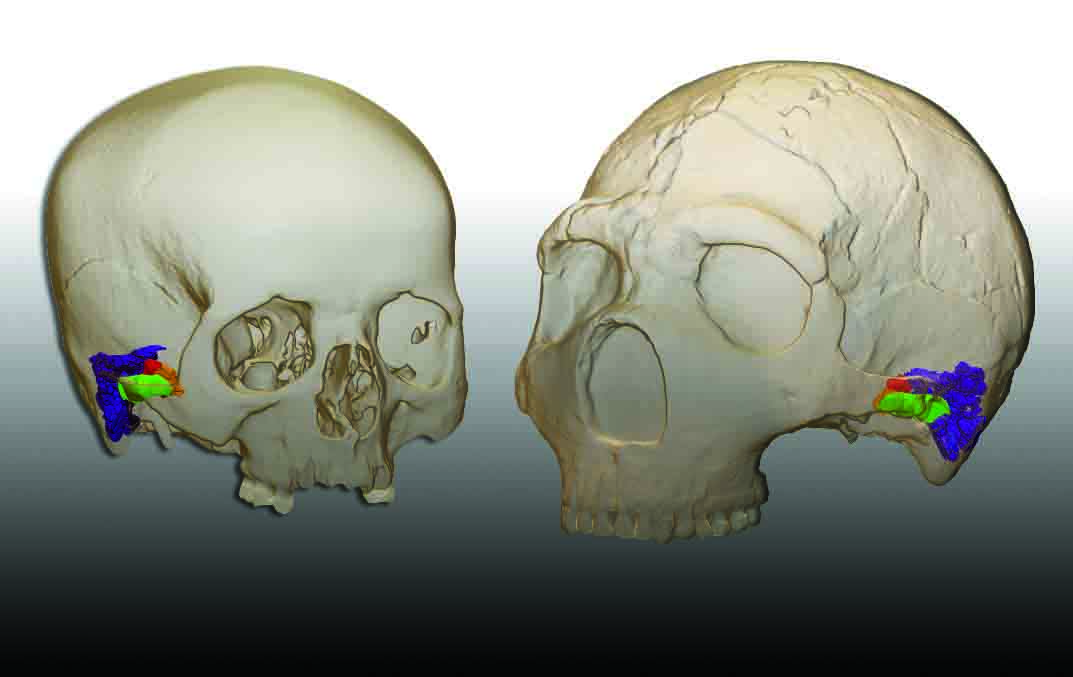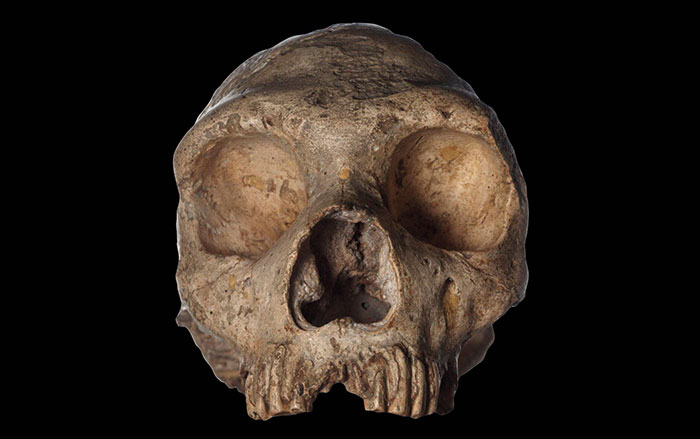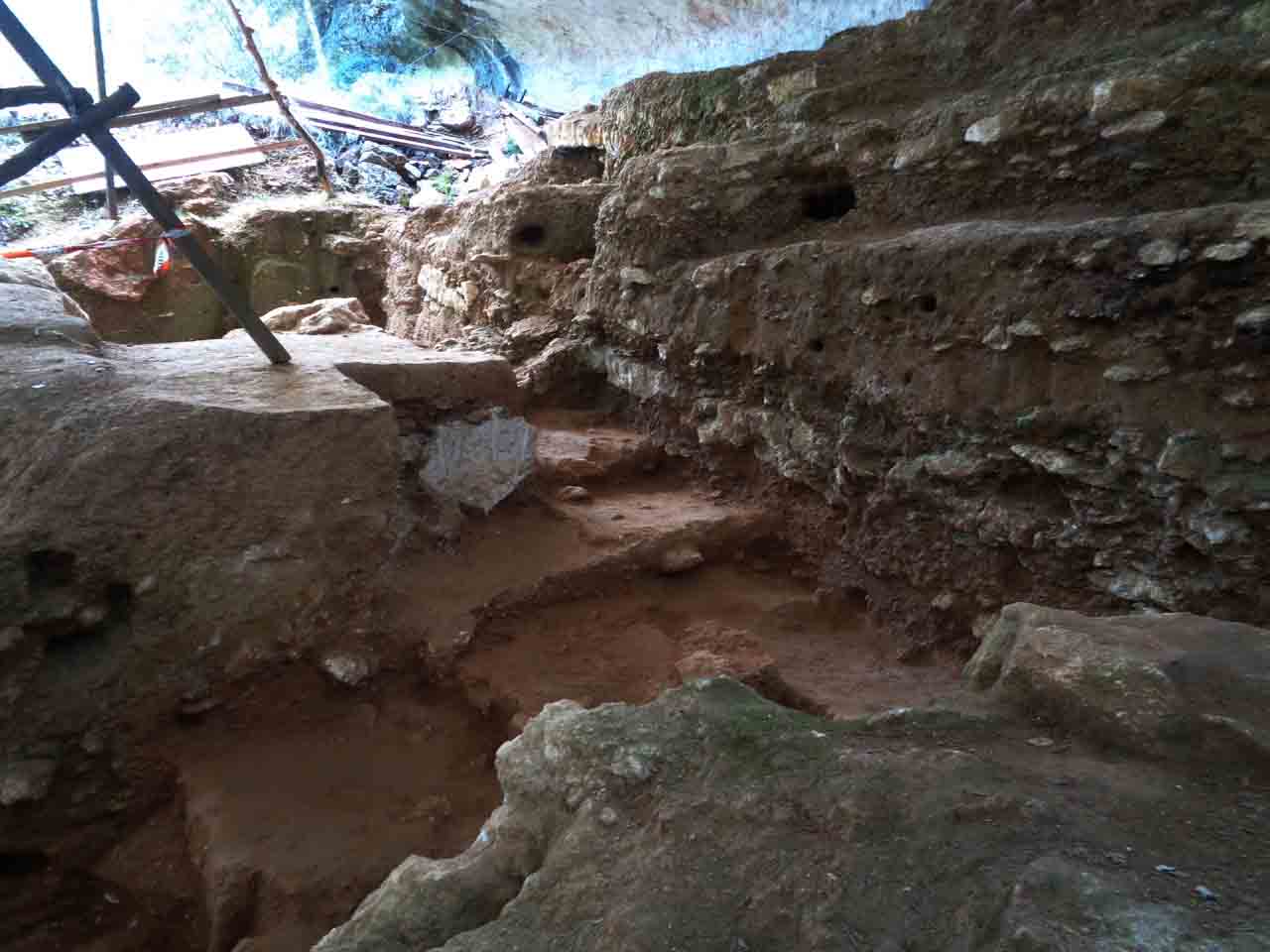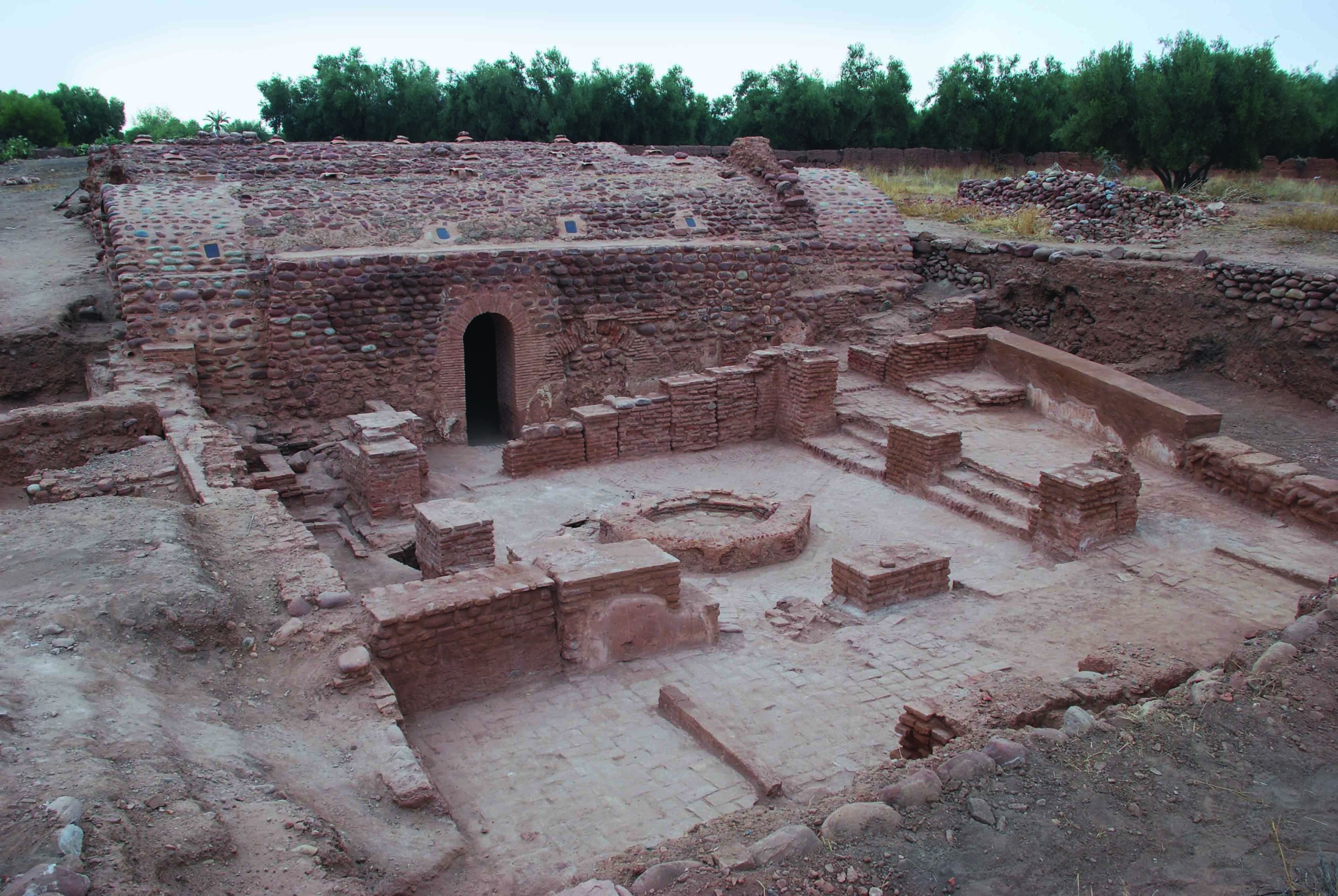
LEIPZIG, GERMANY—According to a statement released by the Max Planck Institute for Evolutionary Anthropology, a third Neanderthal genome has been sequenced by a team of researchers led by Fabrizio Mafessoni. The first sequenced genome belonged to a Neanderthal whose 40,000-year-old remains were found in Croatia’s Vindija Cave, while the second came from a Neanderthal individual whose remains were found in Siberia’s Denisova Cave and dated to about 120,000 years ago. This DNA sample came from female Neanderthal remains dated to between 80,000 and 60,000 years ago that were recovered from Chagyrskaya Cave, which is located in Russia’s Altai Mountains, just 65 miles away from Denisova Cave. Her ancestors are likely to have lived in groups that were smaller and more isolated than Neanderthals who lived elsewhere, the researchers explained. And, she was more closely related to the Neanderthals living in Croatia than those who lived 40,000 years earlier in the same region. Mafessoni said the study therefore supports the idea that Neanderthal populations from the west probably replaced Siberia’s Neanderthal population. The researchers also detected more changes in genes expressed during adolescence in the area of the brain that coordinates planning, decision-making, motivation, and reward perception than in other areas of the brain. These genes may have been affected by small population size or other factors, Mafessoni said. For more, go to "Decoding Neanderthal Genetics," one of ARCHAEOLOGY's Top 10 Discoveries of 2014.










